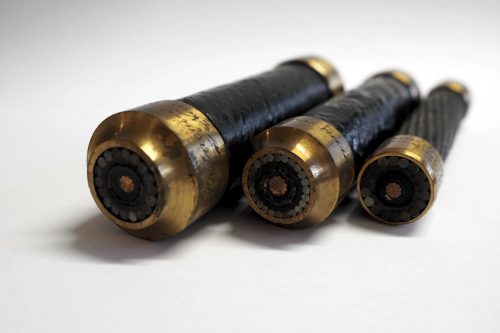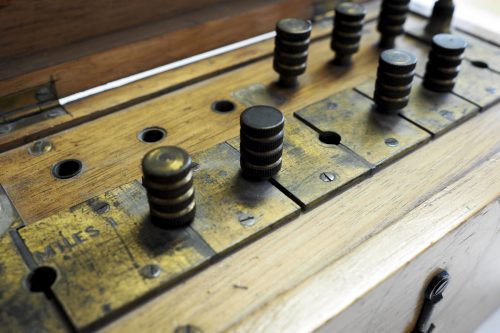One hundred and fifty years ago, a revolution took place that shrunk the world from impossibly vast to almost comprehensible, and a new exhibition has opened to mark the event.
The laying of the first working transatlantic telecommunications cable transformed how society learned about foreign events creating a level of immediacy that had never existed before.
Whereas before dispatches took weeks, or months to arrive, if indeed, they ever did arrive, it was now possible for them to arrive in seconds. It is difficult to imagine the impact this had on a society that was used to affairs across the Atlantic being distant strange events often reported months after they took place.
News reports of the time rarely covered great foreign events on a weekly basis. The news of battles and politics was reported long after the event had taken place, at a distance of time that gave rise to more considered reporting of the aftermath of what had just happened.
No need for speculation about what might happen tomorrow, as it had already happened, several weeks ago.
The world was a slower, larger place, and foreign lands were particularly foreign.
The arrival of the telegraph cable changed all that — but we shouldn’t just consider the impact of the telegraph signal it carried, but think on the cable itself.
It had been barely years since a cable had been laid all the way across the English Channel, itself a marvel of engineering, and investors were already thinking the unthinkable.
Could a single cable run under an ocean so vast it could take weeks to sail across it?
Could industry even make such a vast cable that would have to be a staggering 2,754 km in length?
Mighty industrialists rose to the challenge — a challenge that can be looked as the moon landings of the time — and after several failed attempts created the first physical link between the old and new worlds for over 50 million years.
Imagine being the first person to use that new cable. To send a message to the other side of the world, across a vast ocean, to send a message. And get a reply a few minutes later.
To have a real time conversation with another human being not just a long distance away, but across an ocean that was rich in the history of slow sailing ships, of slavery, and war, and exodus.
To be that first person to communicate like this must have been an extraordinary experience. An astronaut once took a small step, but 150 years ago, humanity took the real leap into an unbelievable future.
Humanity had achieved a massive victory, but unlike the great engineering triumphs elsewhere, this one was hidden from view. People did not come to see the shed by the beach where the cable ran, they did not marvel at mightily constructions. This was a hidden achievement.
Yet, it was also one that rang louder than any steam train could, for its effect was in ink. The ink that printed messages daily that used to take months, the ink in newspapers that stirred hot passions of war and compassion, the ink that told of distant deeds as they were happening, not months after they were history.
Newspapers became daily, not just in publishing, but in reporting.
The world had shrunk, and would not get bigger again until Concorde stopped flying.
Today, it’s difficult to imagine the world of then, but even within our own lifetime, the information revolution has taken a massive leap forward.
When I was younger, the cost of an international phone call was such that we still relied on letters to communicate. They may take just a few days thanks to aeroplanes, but it has been the internet age that turned expensive submarine cables into vast conduits of almost free content and chatter.
We think nothing of sending a message to the other side of the world, and fret if a reply take more than a few minutes.
The Victorians would have marvelled at the information revolution they unleashed.
The exhibition “Victorians Decoded: Art and Telegraphy” is at the City of London’s Guildhall Art Gallery until 22nd January 2017.
Entry is free.









